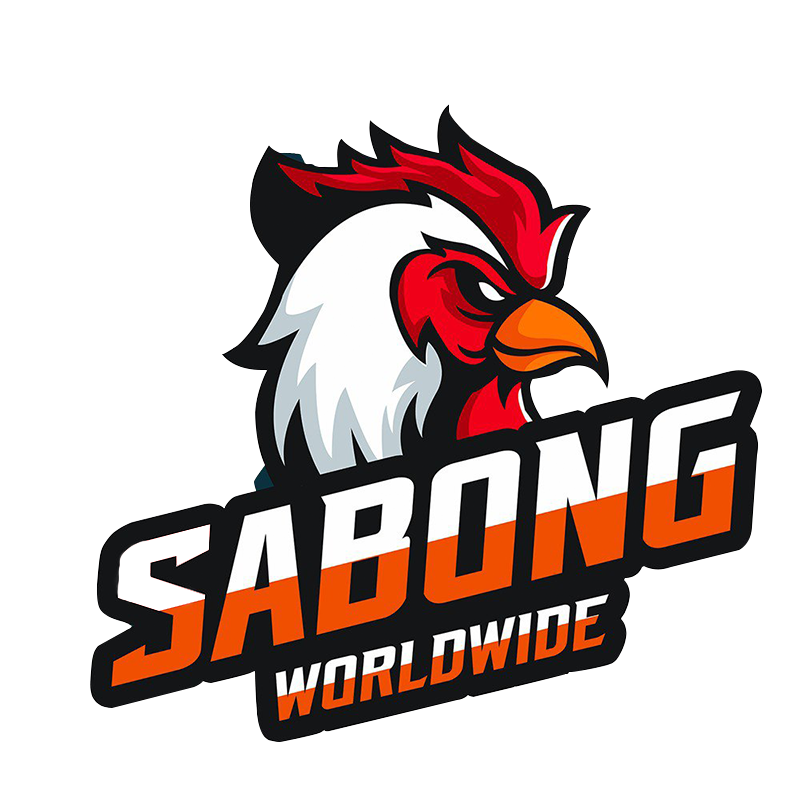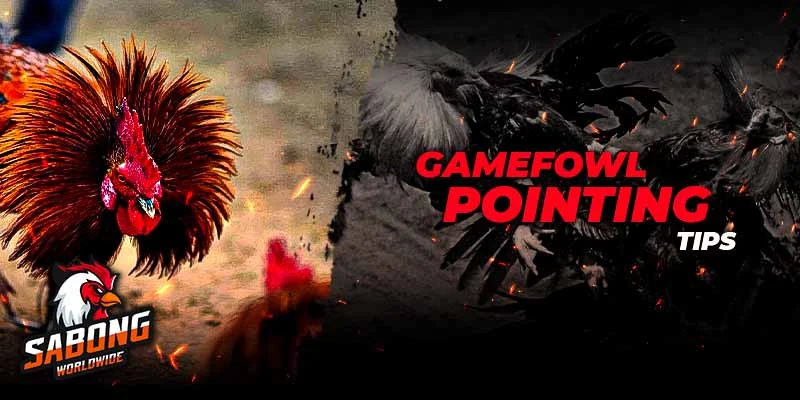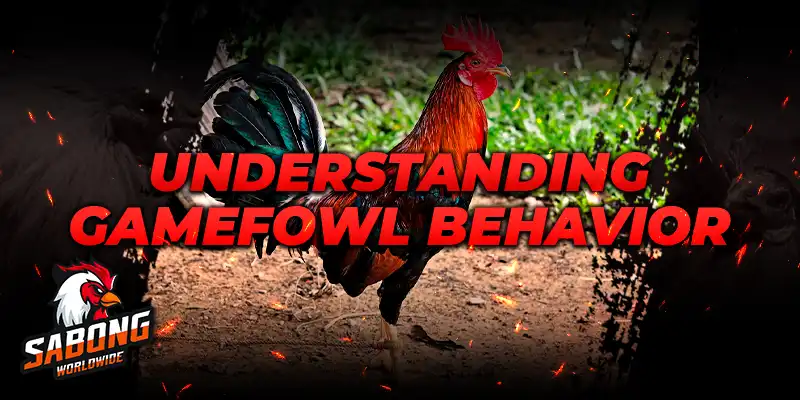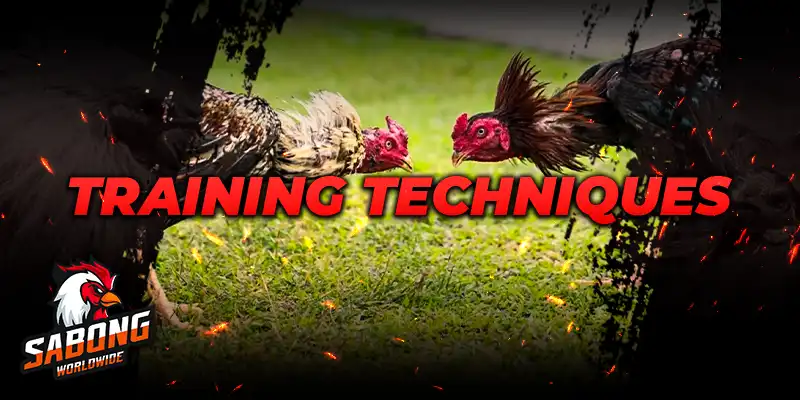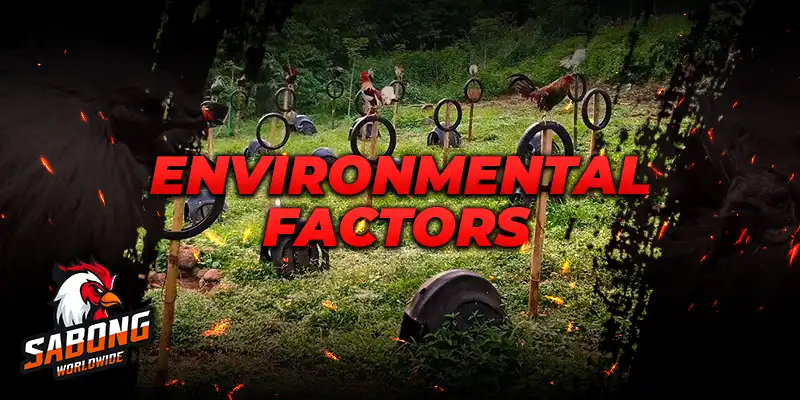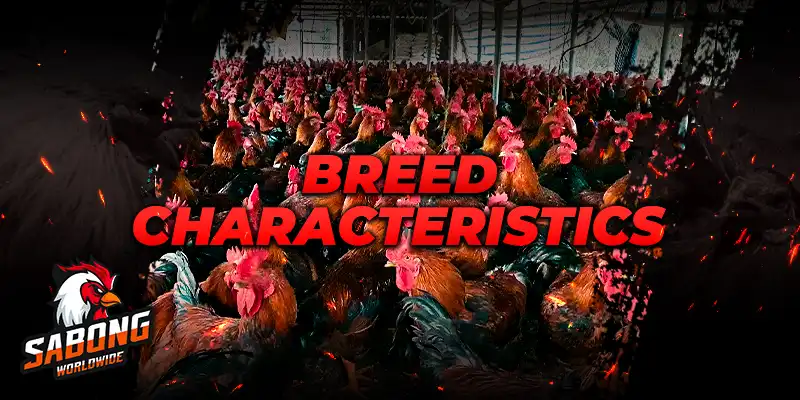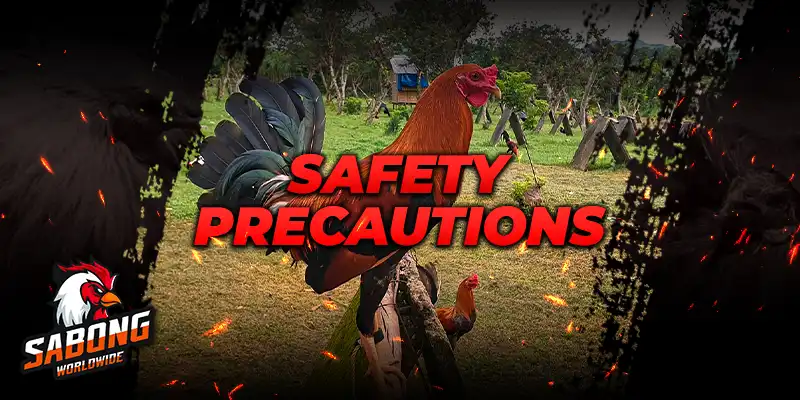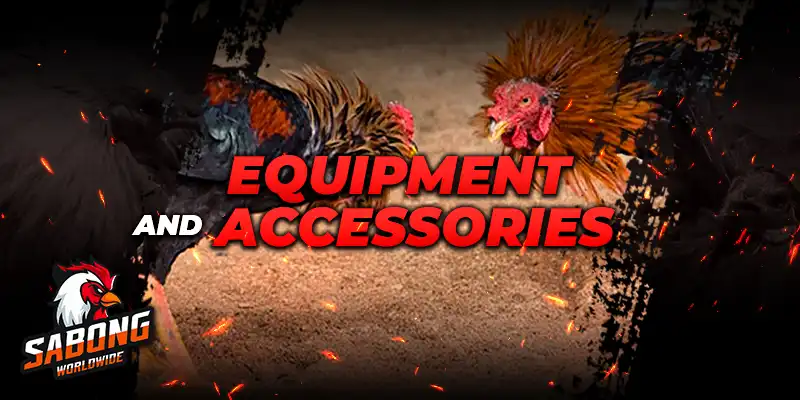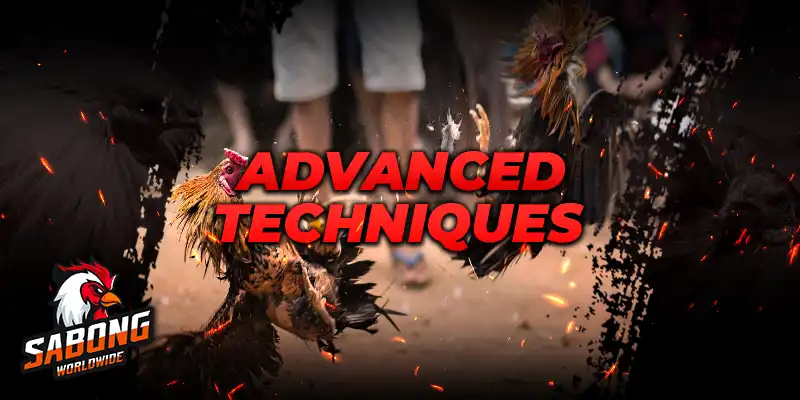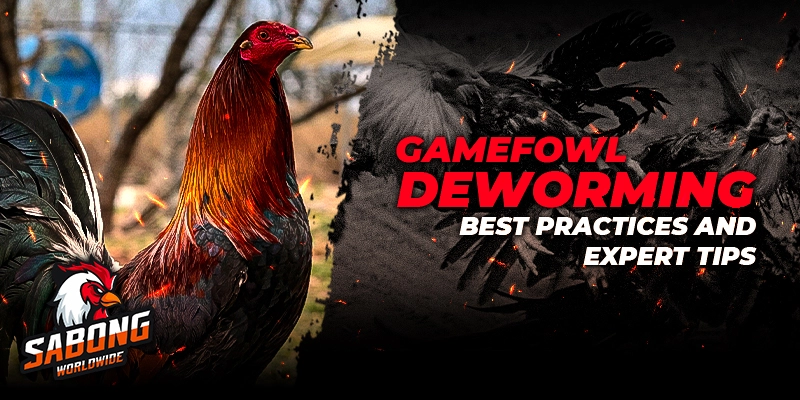As gamefowl enthusiasts, we know how special it is to train these birds to point and flush out prey. Teaching our feathered friends to use their natural pointing abilities is a rewarding experience, but it takes patience, hard work, and an understanding of what makes them tick. Whether you are an experienced trainer or just starting, these tips will help you get the most out of pointing training with your gamefowl.
Understanding Gamefowl Behavior
To get started on the right foot, let’s first explore the intricate world of gamefowl behavior, as this fundamental knowledge will lay the groundwork for effective training. These remarkable birds are born with an instinct to detect and point at potential prey like small animals or birds.
Natural Pointing Instincts
At their core, gamefowl have a deep, natural drive to hunt and find prey. This basic urge shows up in their sharp senses and body language, which we trainers must learn to recognize. Watch your birds closely, and you’ll see subtle signs that they’re ready to point—a raised head, intense focus, and stillness that hints at their predatory nature.
Recognizing Signs of Alertness
By recognizing the signs of alertness and interpreting their body language, we can better understand when our gamefowl are in pointing mode.
Some common signs of alertness include:
- Raised head and erect posture
- Intense focus and fixed gaze
- Stillness and lack of movement
Interpreting Body Language
Interpreting body language is also crucial. For example, a raised foot or tail feathers may indicate they have detected something and are ready to point.
Training Techniques
Here are the methods that will take your bird’s natural abilities and turn them into consistent pointing behaviors:
Introducing Pointing Commands
Simple verbal cues like “point” or “steady” can be paired with positive reinforcement, such as treats or praise, when the bird exhibits the desired behavior.
Positive Reinforcement Methods
Positive reinforcement methods are key to successful training. Rewarding your gamefowl for correct pointing actions will encourage them to repeat the behavior.
Gradually Increasing Difficulty
Gradually increasing the difficulty of the training sessions, such as introducing distractions or increasing distance, will help solidify their pointing skills.
Environmental Factors
These factors significantly impact your pointing sessions, from choosing the right training area to dealing with the weather.
Suitable Training Grounds
It is essential to choose suitable training grounds with minimal distractions and cover. Open fields or designated areas with low vegetation are ideal for starting.
Weather Considerations
We must consider the weather. Avoid training during extreme heat or cold, as these conditions can stress the birds and affect their performance. Windy conditions can also be challenging, as they may disrupt scent trails and make it harder for your gamefowl to detect prey.
Minimizing Distractions
Minimizing distractions is crucial during training sessions. Loud noises, movement, or other visual stimuli can disturb your gamefowl’s concentration and pointing behavior.
Breed Characteristics
We must recognize that breed characteristics play a role in developing exceptional pointing abilities in gamefowl. Certain breeds have distinct traits that make them better suited for this specialized skill.
Best Breeds for Pointing
It’s important to note that some breeds are better suited for pointing than others. Historically, breeds like the Shamo, Hupa, and Sumatra have been prized for their pointing abilities.
Temperament and Trainability
Temperament and trainability also play a role. Calm, focused breeds with a strong prey drive are generally easier to train for pointing.
Physical Attributes for Pointing
Physical attributes like keen eyesight and a well-developed sense of smell can also contribute to better-pointing performance.
Safety Precautions
We must always remember that gamefowls are powerful birds with solid predatory instincts. Ensuring proper safety precautions is essential for the well-being of both you and your feathered companions.
Handling Gamefowl Properly
We must always handle gamefowl properly and with care. These birds can be territorial and aggressive, so it’s crucial to approach them cautiously and avoid sudden movements or loud noises that may startle them.
Avoiding Aggressive Behavior
To avoid aggressive behavior, it’s important to establish a respectful relationship with your gamefowl from an early age. Proper socialization and handling techniques can help prevent fear or aggression.
Protecting Birds from Predators
Protecting our birds from predators is also essential. When training outdoors, be aware of threats like hawks, foxes, or loose dogs in the area. Keeping your gamefowl on a leash or within a secure enclosure can help prevent incidents.
Equipment and Accessories
Having the right equipment and accessories on hand can make a difference regarding efficient and effective pointing training. From essential gear like leashes to helpful training aids, let’s explore the tools that will set you up for success.
Appropriate Leashes and Collars
We will need appropriate leashes and collars for controlled training sessions. Look for lightweight, comfortable options that won’t restrict your gamefowl’s movements or cause discomfort.
Training Aids and Toys
Training aids and toys can also be useful for reinforcing pointing behaviors. Dummy targets or scented lures can simulate the presence of prey and encourage your birds to point.
Grooming and Health Supplies
Grooming and health supplies, such as feather conditioners and supplements, help keep your gamefowl in top condition for training and competition.
Advanced Techniques
We’ll now explore some advanced techniques for those looking to improve their gamefowl’s pointing prowess. These methods will test your birds’ focus, stamina, and ability to perform in more challenging scenarios.
Introducing Distractions
Introducing distractions, such as decoys or audio recordings of prey sounds, can test your gamefowl’s focus and ability to maintain a point.
Long-Distance Pointing
Long-distance pointing exercises can improve their stamina and range, preparing them for real-world hunting scenarios.
Competitive Pointing Events
For the truly dedicated, competitive pointing events, you can showcase your birds’ skills and compete against other trainers.
Conclusion
In conclusion, training gamefowl to point and flush out prey is a rewarding process that involves understanding their instincts and applying careful, systematic training methods. Starting with a strong knowledge of gamefowl behavior, trainers can effectively develop their birds’ pointing skills. Key steps include selecting the right training environment, managing distractions, adapting training to different breeds’ traits, using appropriate training equipment, and maintaining the birds’ health.
Success in training gamefowl comes from patience, consistency, and respecting the birds’ natural abilities and well-being. By dedicating themselves to these methods, trainers improve their birds’ skills and help preserve and enhance these animals’ remarkable instincts.
Want to learn more? Visit Sabong Worldwide, which offers a comprehensive resource library, expert advice, and a thriving community of breeders!
